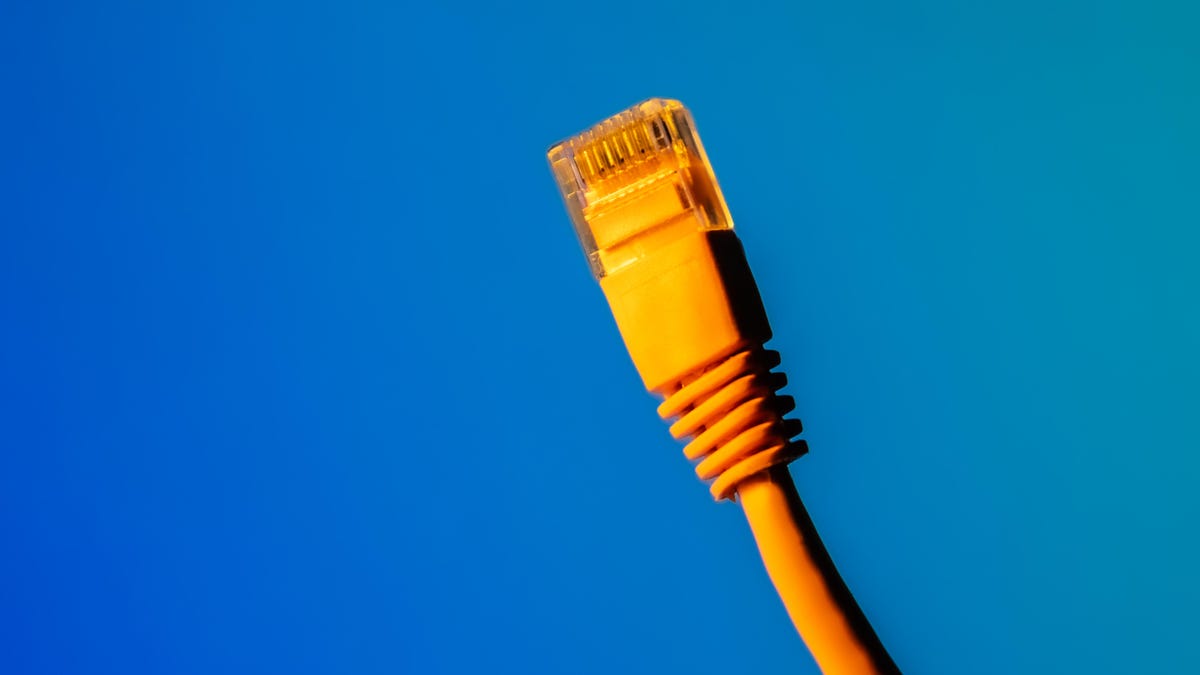 Why You Can Trust CNET
Why You Can Trust CNET As ACP Runs Dry, New York Requires Low-Income Plans From Internet Providers
With federal broadband subsidies expiring, this court decision could have lasting implications for state mandates going forward.

Internet providers will soon be required to offer plans to low-income residents in New York state for as low as $15 per month.
The law was passed as part of the New York state budget in 2021 but was quickly challenged in a lawsuit filed by a collection of telecom industry groups arguing that it conflicted with federal regulations on internet service. Last week, a federal appeals court ruled that it disagreed with their argument and would allow the state to require low-income plans going forward.
"We are disappointed by the court’s decision and New York state’s move for rate regulation in competitive industries. It not only discourages the needed investment in our nation’s infrastructure, but also potentially risks the sustainability of broadband operations in many areas,” the industry groups said in a statement.
Locating local internet providers
The industry groups also said they “urge Congress to maintain support for low-income Americans on a nationwide basis,” which would largely eliminate the need for states to step in as New York did.
This comment refers to the federal Affordable Connectivity Program, which provided $30 to $75 monthly to help low-income households afford internet. Nearly 1.8 million households in New York relied on the subsidy -- more than any state except California.
Locating local internet providers
The $14 billion program officially ran out of funds this month, leaving millions of users scrambling to find alternatives. Despite bipartisan support to continue the ACP, there has been no action taken on an extension act introduced to the Senate in January.
What will be required in New York?
New York’s Affordable Broadband Act says that internet providers must offer broadband service to low-income households for $15 a month -- all taxes and fees included. At the time the law was passed, the definition of broadband was 25Mbps download and 3Mbps upload, but the FCC has since raised the bar to 100/20Mbps. The law also limits plans of 200Mbps download speeds to $20 per month.
You can qualify for the low-income plans if you participate in any of the following programs:
- Free or reduced-priced lunch through the National School Lunch Program
- Supplemental Nutrition Assistance Program
- Medicaid
- Senior citizen rent increase exemption
- Disability rent increase exemption
- Affordability benefit from a utility
Income requirements for the NSLP in New York are up to 185% of federal poverty guidelines or $55,500 for a family of four. That’s slightly more restrictive than the 200% required by the ACP, but less than the 135% required by Lifeline, another federal subsidy that provides $9.25 per month for home internet.
What low-income plans can you get in New York right now?
It’s not immediately clear when New York’s low-income internet law will take effect, but consumers can take advantage of several other options immediately, including government subsidies and low-income plans from internet providers in New York:
- Big Apple Connect: Residents living in a New York City Housing Authority building are eligible to receive free internet, equipment and basic cable TV through this program.
- Lifeline: This is a permanently funded federal program that provides $9.25 per month toward phone or internet services for eligible subscribers, or up to $34.25 for those living on tribal lands. You can qualify if your household income is at or below 135% of federal poverty guidelines, or if you participate in a program like SNAP, Medicaid or Supplemental Security Income.
- Optimum Advantage: Plans cost $15 per month for download speeds up to 50Mbps and include a Wi-Fi router. You can qualify if you participate in the NSLP or if anyone in your household attends a New York City public school. Veterans who receive state or federal assistance and seniors eligible for SSI can also get the discount.
- Spectrum Internet Assist: This Spectrum plan gets you 50Mbps download speeds for $25 a month -- not much less than the 100Mbps plan for $30 available at some addresses -- with a Wi-Fi router available for an extra $5 monthly. To qualify, you’ll need to participate in the NSLP, the Community Eligibility Provision of the NSLP or Supplemental Security Income (for applicants age 65 years and older only).
- Verizon Forward: Verizon’s low-income plans are available to Fios, 5G Home and LTE Home customers -- in other words, any Verizon home internet plan. Prices start at $20 per month but may require bundling service with a cellphone plan. You are eligible if you received a Federal Pell Grant within a year prior to application. You can also sign up if you’ve qualified for Lifeline, Medicaid or Special Supplemental Nutrition Program for Women, Infants, and Children (income is at or below 185% of the federal poverty level).

